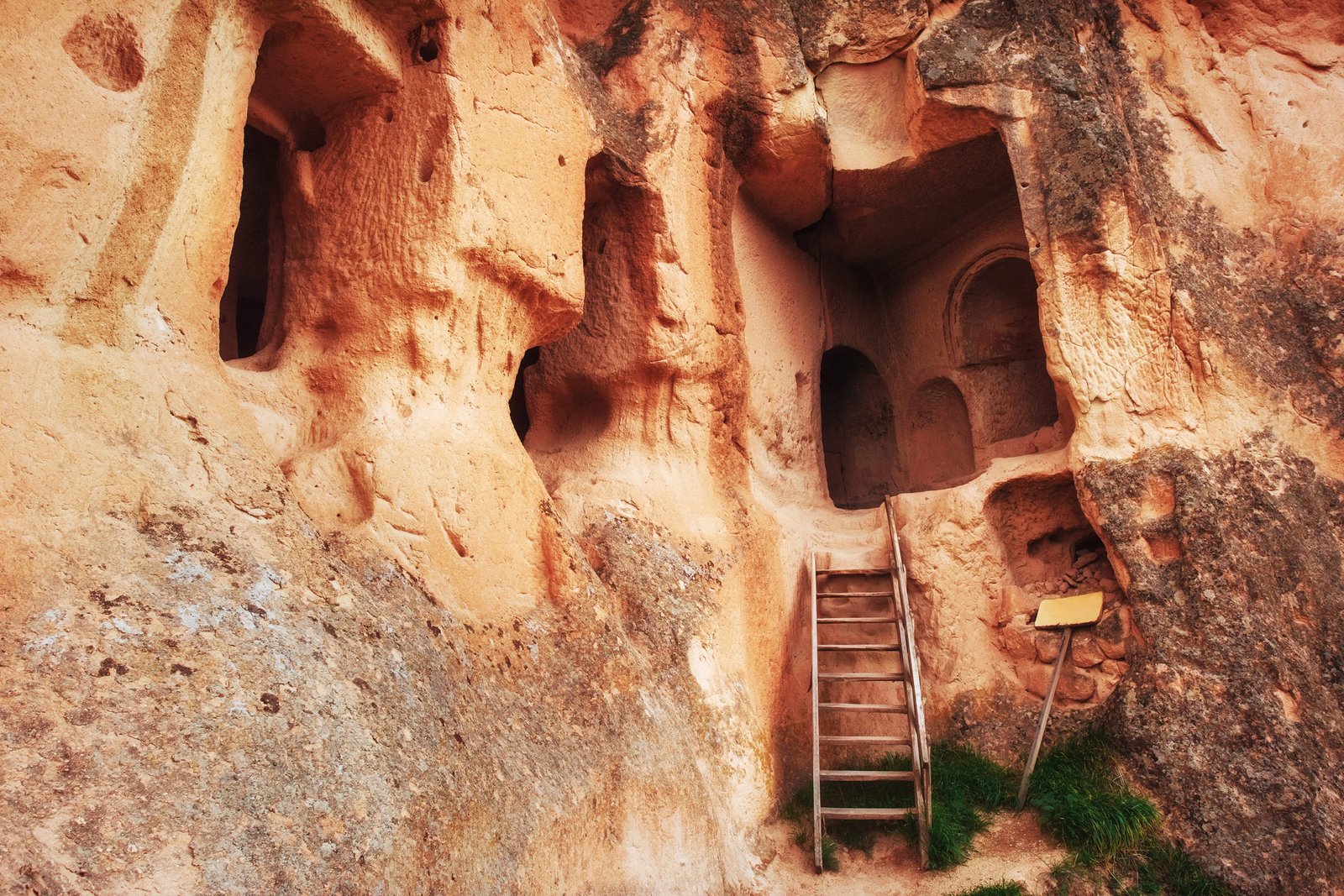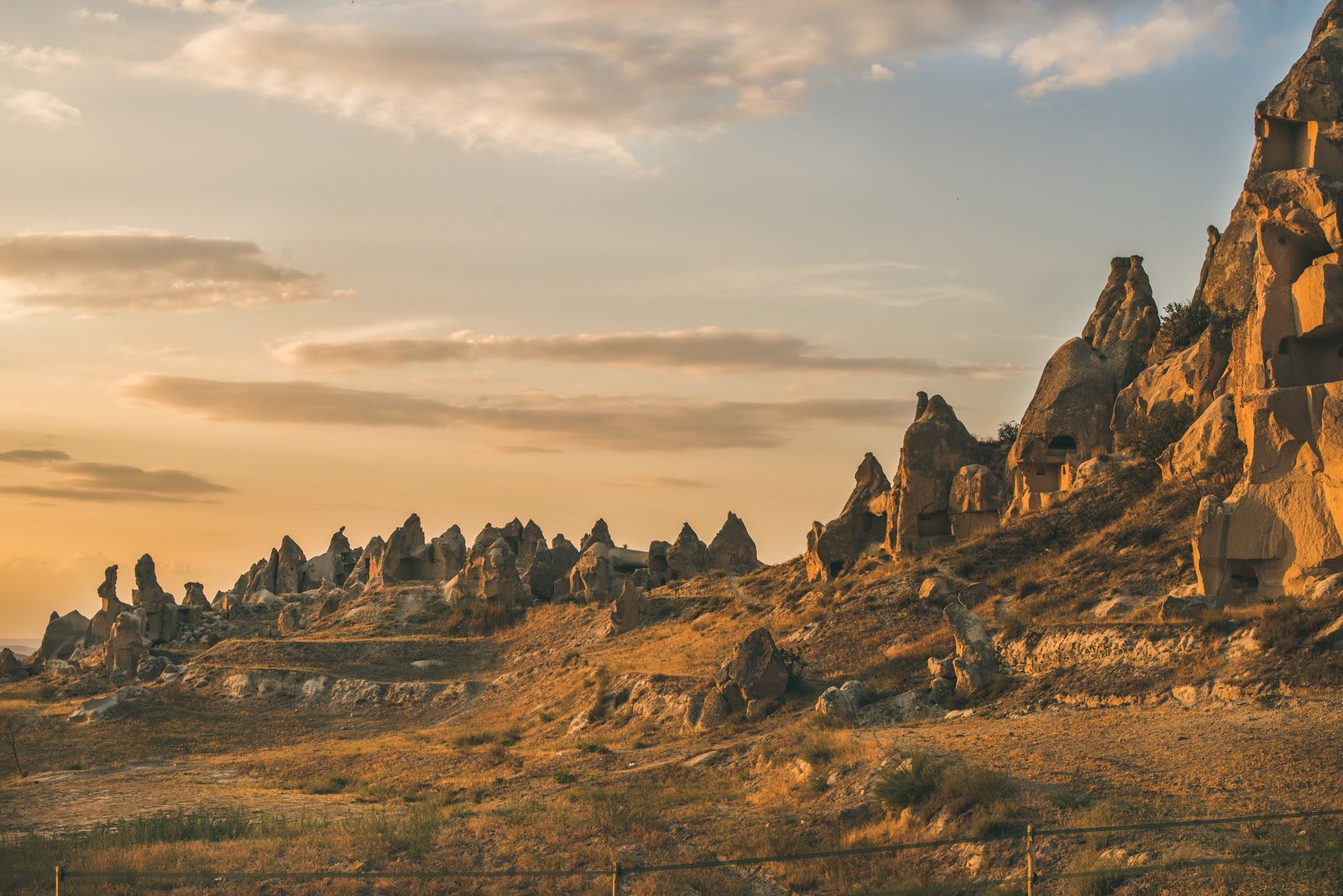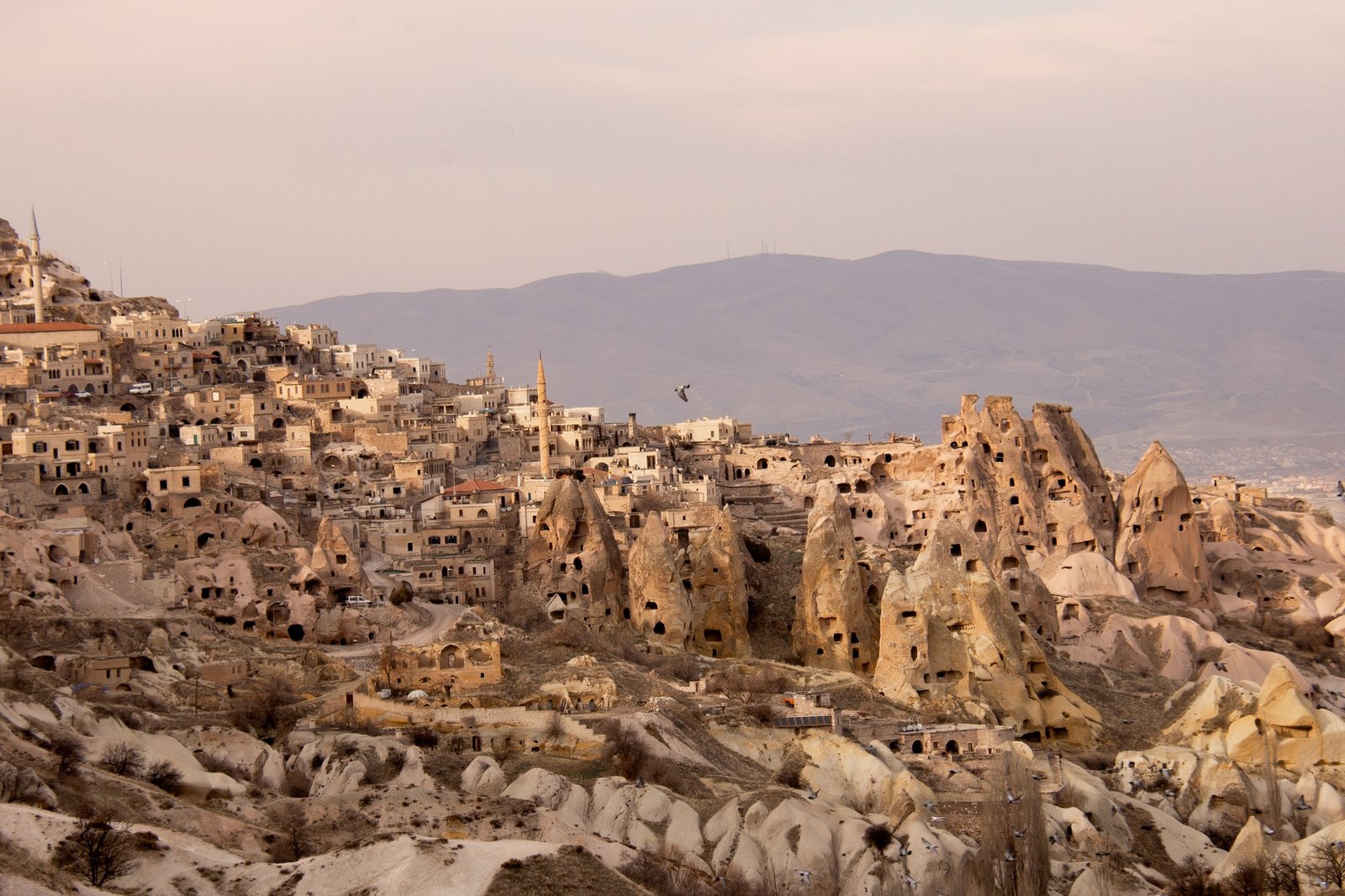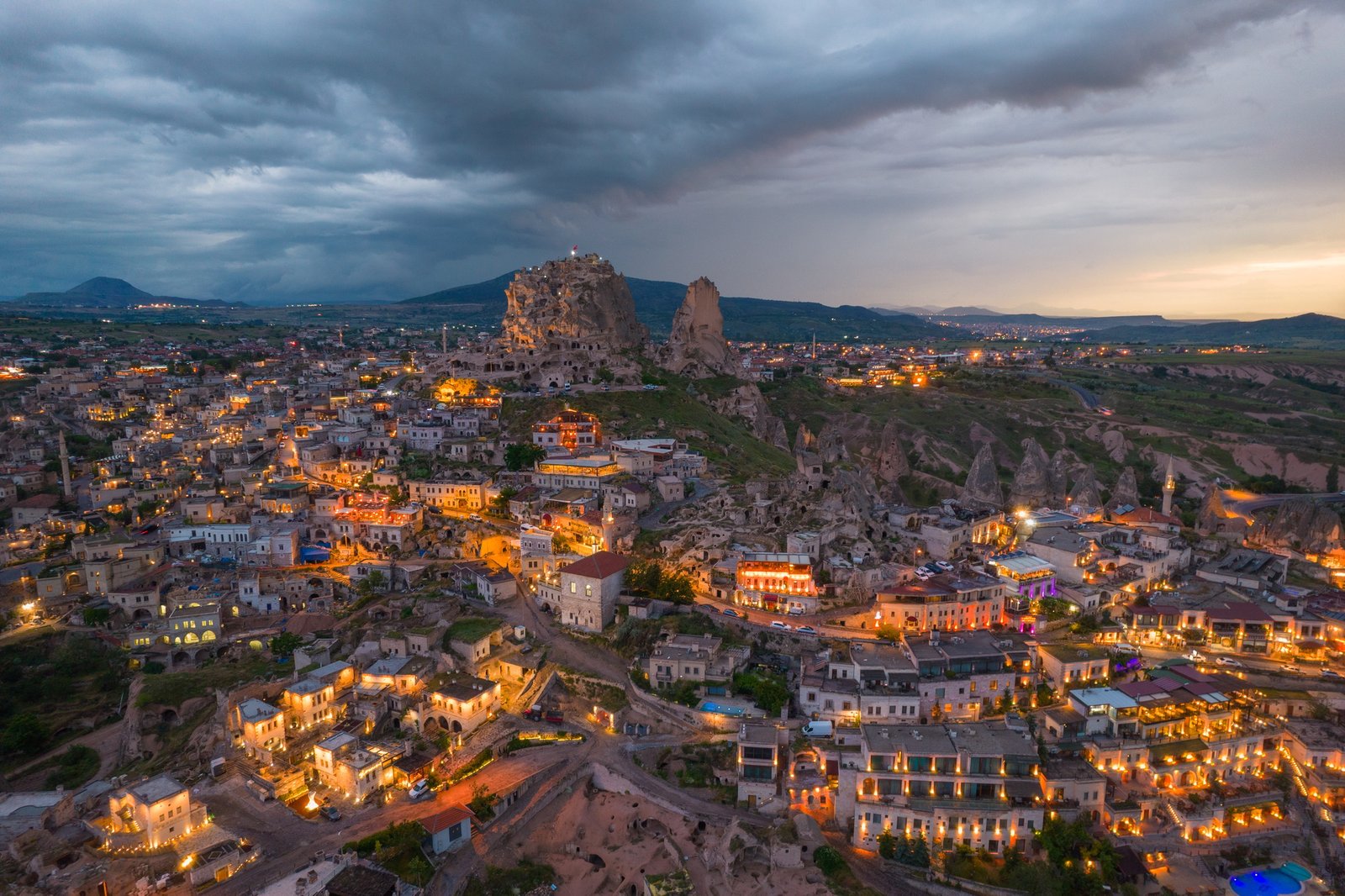Cappadocia, with its whimsical landscapes and unique architecture, isn’t just a feast for the eyes—it’s a treasure trove of stories from ancient civilizations. Nestled in central Turkey, this picturesque region boasts a historical narrative that stretches back thousands of years, leaving behind incredible marks of cultural, architectural, and social significance.
From its ancient underground cities to its iconic cave dwellings, Cappadocia’s rich history is a reflection of humanity’s resilience, innovation, and desire to thrive in even the most unusual landscapes. This blog will guide you through the various civilizations that shaped Cappadocia and the enduring legacy they left behind.
The Foundations of Cappadocia’s Rich History
For millennia, Cappadocia has acted as a crossroads for different cultures and civilizations. Its location has made it a key player in trade and conquest, and its geology, full of soft volcanic rocks, offered early inhabitants a way to carve shelter directly from the earth.
The Hittites and Early Settlers
Cappadocia first rose to prominence through its connection with the Hittite Empire, which ruled much of Anatolia (modern-day Turkey) between 1600 and 1180 BCE. The Hittites established Cappadocia as a vital part of their trade network, facilitating commerce along critical routes such as the ancient Silk Road. They left behind small fortresses and ceremonial ruins that still speak volumes about their advanced society.
Following the decline of the Hittites, smaller groups thrived in the region, utilizing its naturally defensible terrain and fertile valleys. These ancient settlers laid the foundation for Cappadocia as a place deeply interwoven with human ingenuity.
Cappadocia as a Religious Refuge
One of the most striking aspects of Cappadocia’s rich history is its role as a haven for persecuted religious minorities. During the early centuries of Christianity, when followers often faced severe persecution under Roman rule, Cappadocia became a refuge.
Underground Cities and Religious Sanctuaries
The early Christians took full advantage of the region’s unique geology, carving vast underground cities like Derinkuyu and Kaymakli into the soft volcanic rock. These subterranean labyrinths often extended several levels below ground, offering protection from invaders and harsh climates. Complete with ventilation systems, storage spaces, kitchens, and chapels, these cities were marvels of ancient engineering.
Perhaps the most remarkable architectural legacy of this time are the rock-cut churches and monasteries that adorn Cappadocia. Sites like the Göreme Open Air Museum showcase intricate frescoes, rich with Christian symbolism, painted over centuries ago. These UNESCO World Heritage Sites are evidence of the region’s critical role in the spread of Christianity.
The Byzantine Era and Its Cultural Legacy
Cappadocia thrived under Byzantine rule (circa 4th–14th centuries), which brought artistic and cultural advancements to the region. Monastic communities blossomed here, refining the art of fresco painting and building unique, domed chapels. The artistic legacy of these communities remains one of the most visually striking elements of Cappadocia’s rich history.
Even as the Byzantine Empire faced outside pressures and attacks, Cappadocia’s isolation allowed it to preserve traditions and remain a vibrant hub for Christian scholarship and art.
Ottoman Rule and the Changing Dynamic of Cappadocia
By the late 15th century, the Ottoman Empire absorbed Cappadocia, introducing a new layer of cultural influences. While Christianity remained important in Cappadocia, Ottoman governance introduced Islam to the region. This fusion of religious and cultural traditions shaped Cappadocia deeply, marking an era of peaceful coexistence between different demographics.
New Architectural Wonders
Under Ottoman rule, mosques, hammams (Turkish baths), and other public buildings added to the region’s architectural tapestry. These structures blended perfectly with Cappadocia’s cave-like edifices and underground architecture, exemplifying its continued adaptability through generations.
Modern-Day Discoveries of Cappadocia
Today, Cappadocia’s rich history isn’t just stored in museums or textbooks—it’s alive in the landscapes and monuments that seem to breathe thousands of stories. The region has become a prime archaeological and touristic destination, drawing visitors eager to marvel at ancient cave dwellings, balloon over its valleys, and uncover layers of history.
How the Past Inspires Today
From the preservation of underground cities to the restoration of ancient frescoes, Cappadocia stands as a testament to humanity’s ability to innovate and adapt through adversity. The cultural and artistic legacies of its ancient civilizations inspire modern designers, artists, and architects worldwide.
What Cappadocia’s Rich History Teaches Us
Cappadocia’s incredible historical legacy reminds us how the resilience and ingenuity of ancient civilizations shaped the world we know today. Its layers of history, from the Hittites to modern times, underscore the importance of preserving cultural heritage for future generations.
If Cappadocia’s rich history calls you to uncover more about its incredible civilizations and legacies, consider planning a visit to experience its wonders firsthand. Whether exploring its mystical valleys, awe-inspiring underground cities, or vibrant rock-cut churches, the region continues to fascinate and educate beyond measure.






